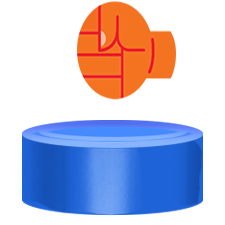Инсталирайте Steam
вход
|
език
Опростен китайски (简体中文)
Традиционен китайски (繁體中文)
Японски (日本語)
Корейски (한국어)
Тайландски (ไทย)
Чешки (Čeština)
Датски (Dansk)
Немски (Deutsch)
Английски (English)
Испански — Испания (Español — España)
Испански — Латинска Америка (Español — Latinoamérica)
Гръцки (Ελληνικά)
Френски (Français)
Италиански (Italiano)
Индонезийски (Bahasa Indonesia)
Унгарски (Magyar)
Холандски (Nederlands)
Норвежки (Norsk)
Полски (Polski)
Португалски (Português)
Бразилски португалски (Português — Brasil)
Румънски (Română)
Руски (Русский)
Финландски (Suomi)
Шведски (Svenska)
Турски (Türkçe)
Виетнамски (Tiếng Việt)
Украински (Українська)
Докладване на проблем с превода























cool mod
cantonCoord = v.vTexCoord + v.vTexCoordFlag * zoomFactor;
A general formula would be
int2 FlagsPerRowAndColumn = ...; // (16,16), (10,4), or (10,2)
cantonCoord = v.TexCoord + v.vTexCoordFlag / FlagsPerRowAndColmun;
For regular flags, FlagPerRowAndColumn is always (16,16) so your zoomFactor of (1/15,1/15) is quite close, but but custom flags, I have implemented, for a personal mod, a function that returns (10,4) or (10,2) — Vanilla values — which could be useful for your PixelShaderFlagTextColorColony::main.
I know that the texture coordinates of the pattern are treated by the shader as they would be for any regular flags, but I think that the symbol is just another layer, added after the masked flag and before the overlay.